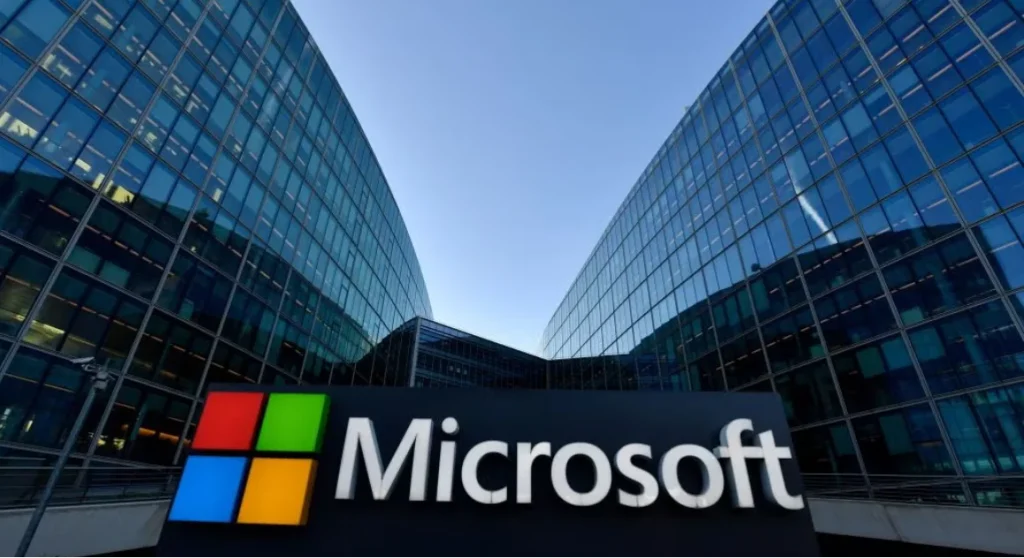Many games skyrocket in popularity only to fade into obscurity within a few years. League of Legends (LoL), however, has defied this trend. Launched in 2009 as a free-to-play game, it still attracts tens of millions of active players worldwide. Its cross-generational appeal, thriving community, and smart marketing strategies have kept it at the forefront of the gaming industry for over 15 years.
In this article, we’ll explore the major factors behind LoL’s sustained success and why it could remain a dominant force for years to come.
The Impact of Successful Subdivisions
One of the keys to LoL’s longevity lies in its ability to create thriving subdivisions, most notably in eSports and betting markets.
While not the first title to inspire eSports betting, League of Legends’ sheer global popularity has made it a cornerstone of the industry. Today, LoL betting odds are among the most widely available in the eSports market, attracting both casual fans and seasoned bettors.
Several external factors have also fueled this growth:
- Smartphone accessibility has made betting platforms more convenient.
- Affordable digital marketing has increased visibility.
- Crypto payment integration has expanded flexibility for users.
The success of these subdivisions doesn’t just benefit betting platforms; it also enhances the visibility and longevity of League of Legends as a whole.
Sticking to What Works
Unlike many competitors, Riot Games has consistently doubled down on what makes League of Legends successful. From the start, it was a fully digital, free-to-play model, which was groundbreaking at the time.
Instead of relying on traditional marketing, Riot capitalized on:
- Influencer-driven promotion
- Online guides and tutorials freely available to players
- Strong community-driven platforms where fans could share strategies
This digital-first approach resonated with younger generations and proved so effective that Riot never had to drastically change its marketing playbook. It found a winning formula early on—and stuck with it.
The Appeal of Cost-Effective Gaming
One of the biggest reasons behind LoL’s staying power is its cost-effective model. At a time when console games often cost $50–60 each, League of Legends offered a free alternative.
While free-to-play titles are now common, Riot was among the first to master the art of microtransactions. Skins, cosmetics, and in-game items turned the game into a nine-figure annual revenue generator without alienating its player base.
Competitors have tried to replicate this success, but LoL’s balance between accessibility and profitability remains unmatched.
Looking Ahead: Can League of Legends Keep Its Reign?
As new technologies like VR and AI gaming gain traction, some analysts predict that older titles may lose steam. However, League of Legends shows no signs of fading. With millions of active players, a thriving eSports ecosystem, and Riot’s continued innovation, LoL’s future looks secure well into the next decade.
Final Thoughts
League of Legends has earned its reputation as a gaming industry giant. From pioneering the free-to-play model to driving the growth of eSports and digital communities, it continues to set the standard for what a long-lasting game can achieve.
With its global fan base, sustainable business model, and continuous evolution, LoL is more than just a game, it’s a cultural phenomenon.












